India's Textile Opportunity: Navigating Trump's Tariffs
Share Post
India's textile sector, a cornerstone of the national economy through its robust employment and export contributions, stands at a pivotal moment. The recent Union Budget 2025–26 underscores a strengthened commitment to this industry, earmarking Rs 5,272 crores for the Ministry of Textiles – a substantial 19 per cent rise over the prior year's allocation. While India boasts a strong historical legacy in both domestic consumption and the export of cotton textiles, emerging trends reveal a growing influx of imported cotton textiles, notably long staple cotton fibres.
Recognizing the need to invigorate cotton productivity, the Union Budget 2025–26 has launched a comprehensive five-year Cotton Mission with a specific emphasis on extra-long staple varieties. This mission strategically aims to empower farmers through advancements in Science and Technology, thereby elevating domestic output, ensuring a stable supply of raw materials, diminishing reliance on imports, and ultimately bolstering the global standing of India's textile industry, a sector where Micro, Small, and Medium Enterprises (MSMEs) constitute a significant 80 per cent of the production capacity.
The textile industry is strategically recalibrating its focus towards emerging opportunities, aligning with the global pivot towards man-made fibre (MMF) textiles and apparel. Currently, MMF accounts for a substantial 70 per cent of global textile trade, underscoring its preeminent position in the international market. Consequently, India's demand for cotton is experiencing a decline, driven by the increasing prominence of MMF textiles. While India has witnessed growth in its MMF exports, it encounters considerable competition from countries such as Vietnam, which has demonstrated exceptional expansion within this dynamic sector.
Examining MMF export growth in 2019, Vietnam led with a robust 18.44 per cent compound annual growth rate (CAGR), followed by Spain at 9.69 per cent and India at 5.71 per cent. Consequently, India's share in the global MMF trade stood at 2.72 per cent in 2019. Over the preceding five years, Vietnam has aggressively filled the void left by China, achieving the most rapid expansion among the top 10 global exporters of man-made textiles and apparel. Concurrently, India's imports have risen at a CAGR of 8.66 per cent, with imports from Vietnam (32.75 per cent), Hong Kong (20.79 per cent), Indonesia (13.67 per cent), and China (9.11 per cent) outpacing the global import growth rate. Notably, India's MMF textile exports surged by 66.10 per cent between 2015–16 and 2021–22, surpassing the 48.40 per cent growth in cotton textiles, with MMF gaining considerable traction, especially in 2021–22. Nevertheless, MMF exports from India have yet to achieve substantial global impact.
Preliminary data from April to October 2024 indicates a positive shift, with India's man-made textile imports declining by 13 per cent. Simultaneously, exports in this sector rose by 5 per cent, while cotton textile exports saw a modest 1 per cent increase during the same period. Despite this encouraging trend, the substantial import value of $1,859 million for man-made textiles (representing the largest share of total imports at 34 per cent) underscores the strong domestic demand for these materials. Although India maintains a trade surplus in technical textiles, the margin remains narrow, with exports climbing by 28.40 per cent from $2.21 billion in 2020–21 to $2.85 billion in 2021–22, while imports surged by a significant 44 per cent from $1.7 billion to $2.46 billion. The critical question that arises is: how will India effectively address the escalating competition from nations like Vietnam, which has demonstrated exceptional growth within the man-made textile sector?
India's MMF export performance has been hampered by insufficient technological innovation and quality-related issues. This contrasts with the growing influx of imported MMF and technical textiles from international sources. Consequently, India is actively preparing to tackle the multifaceted challenges presented by the shifting dynamics of the global textile industry.
01:40 PM, Apr 19
Other Related Topics







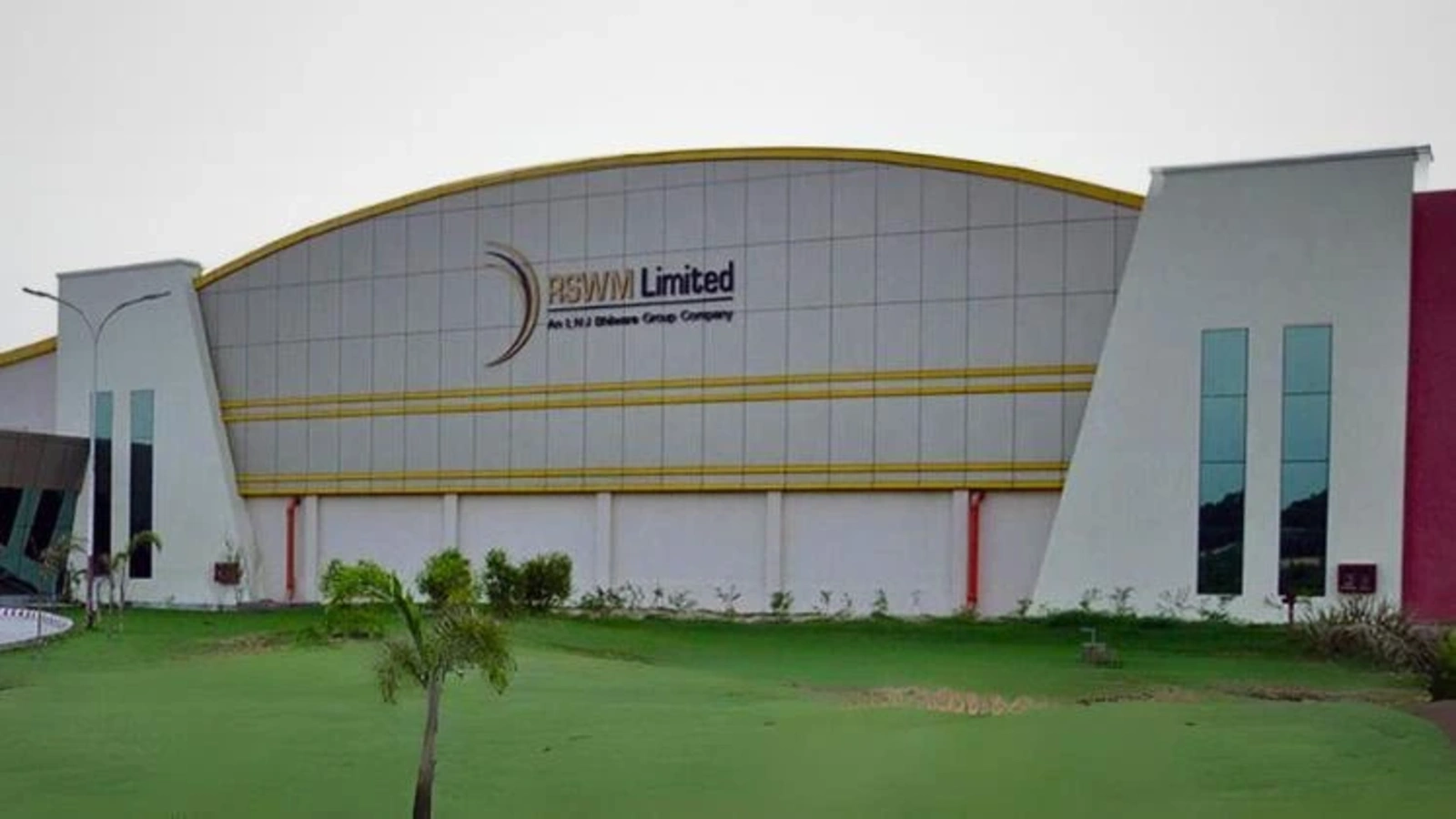




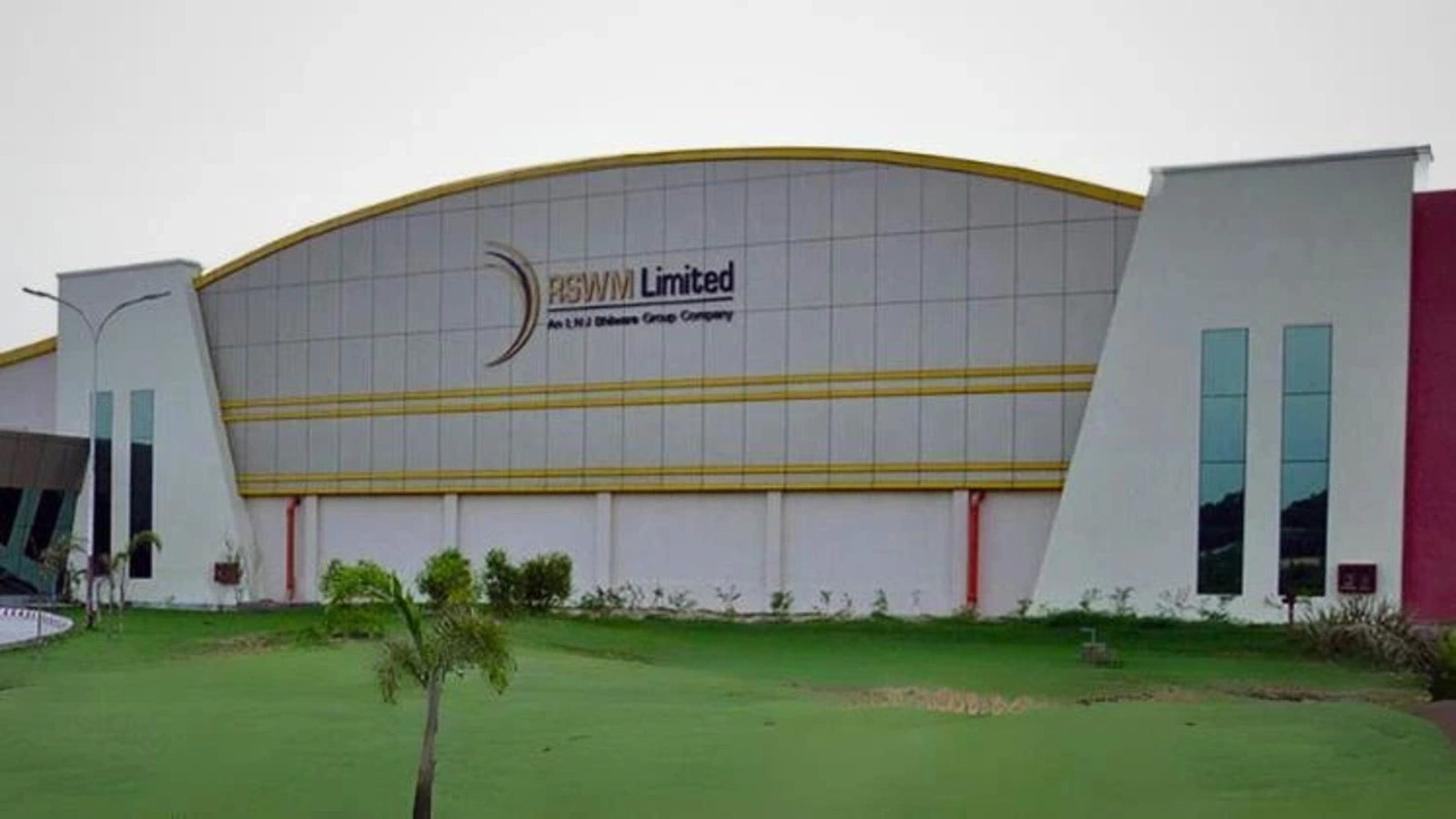
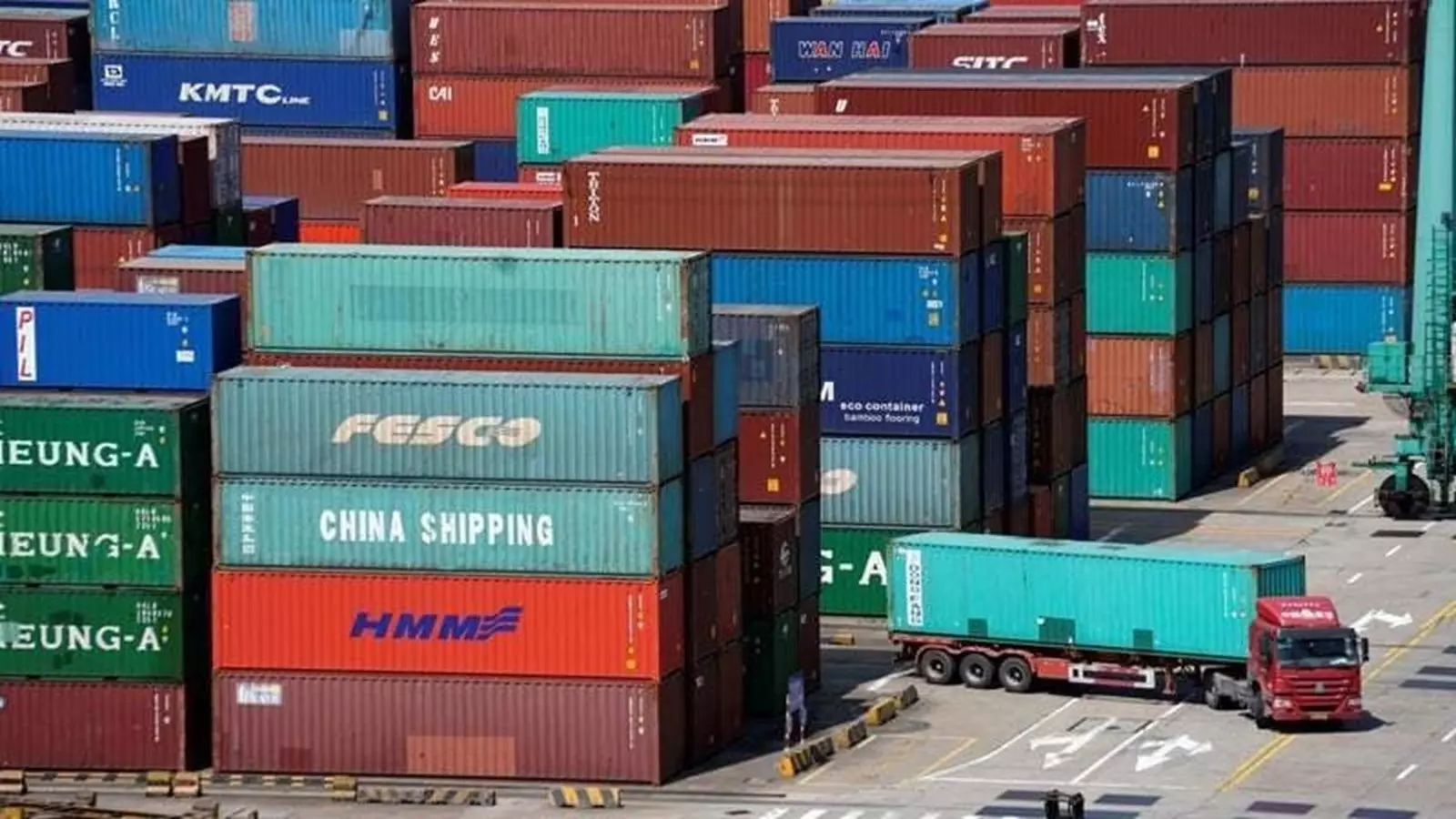
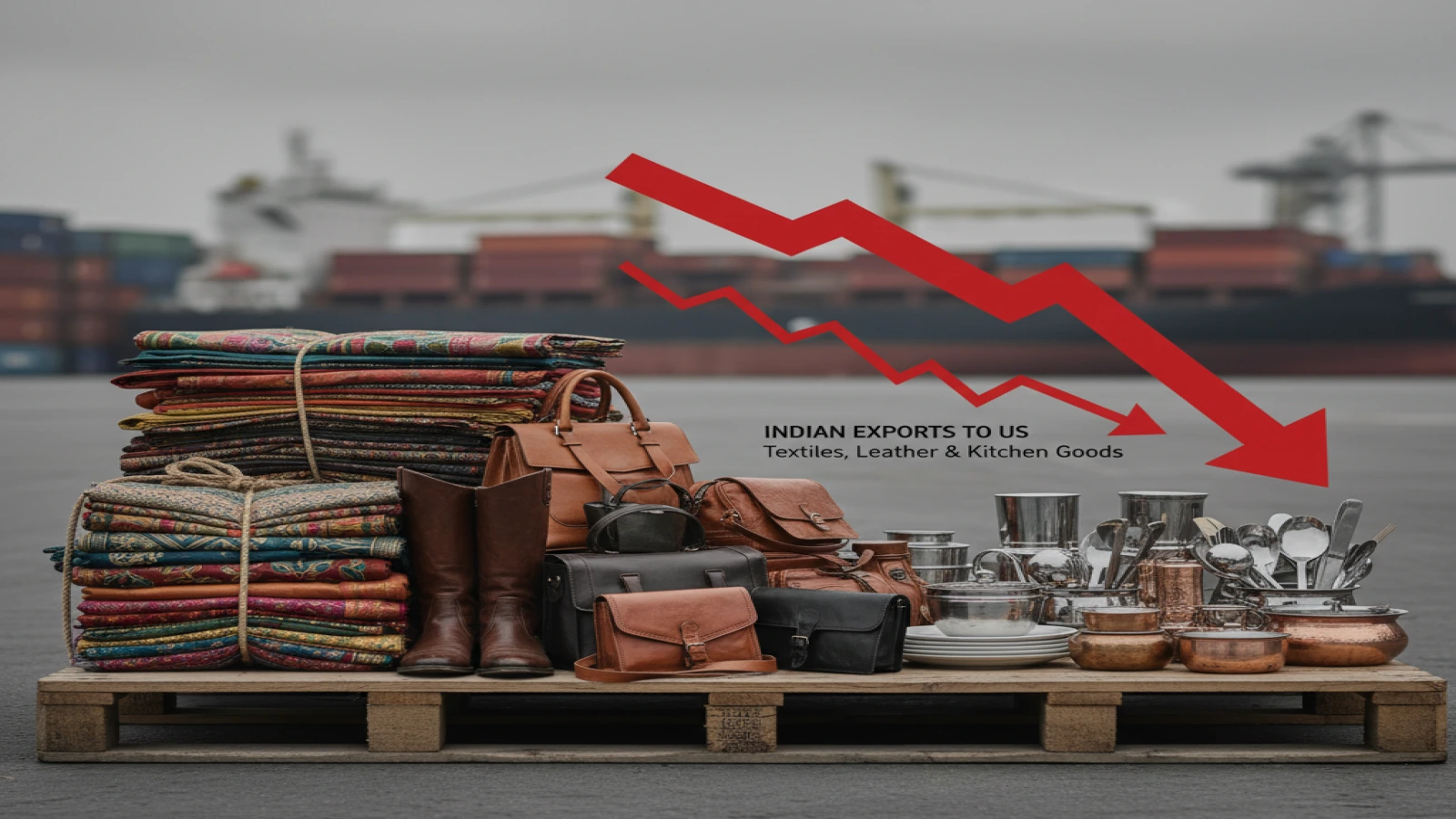
1.webp)
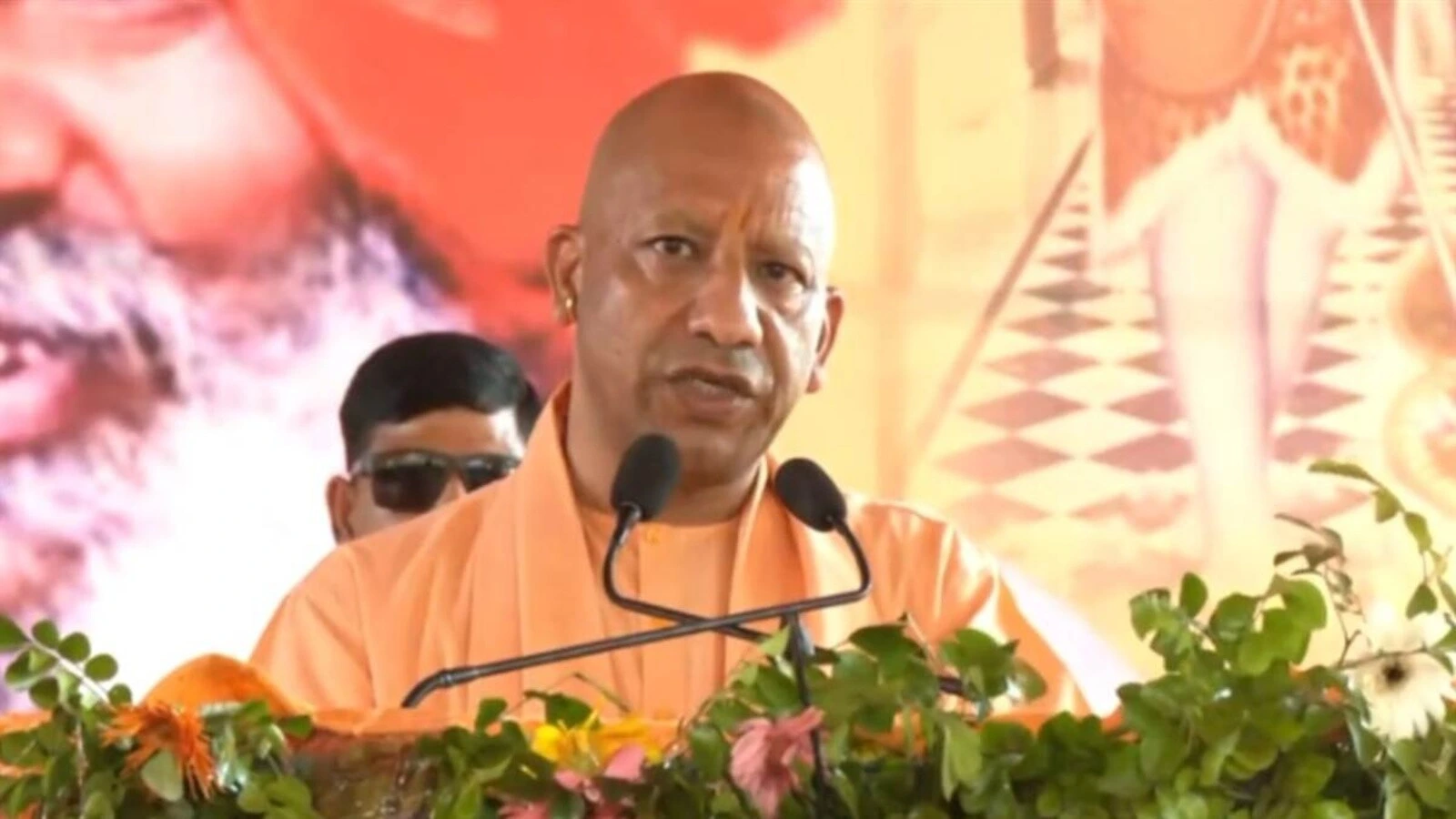
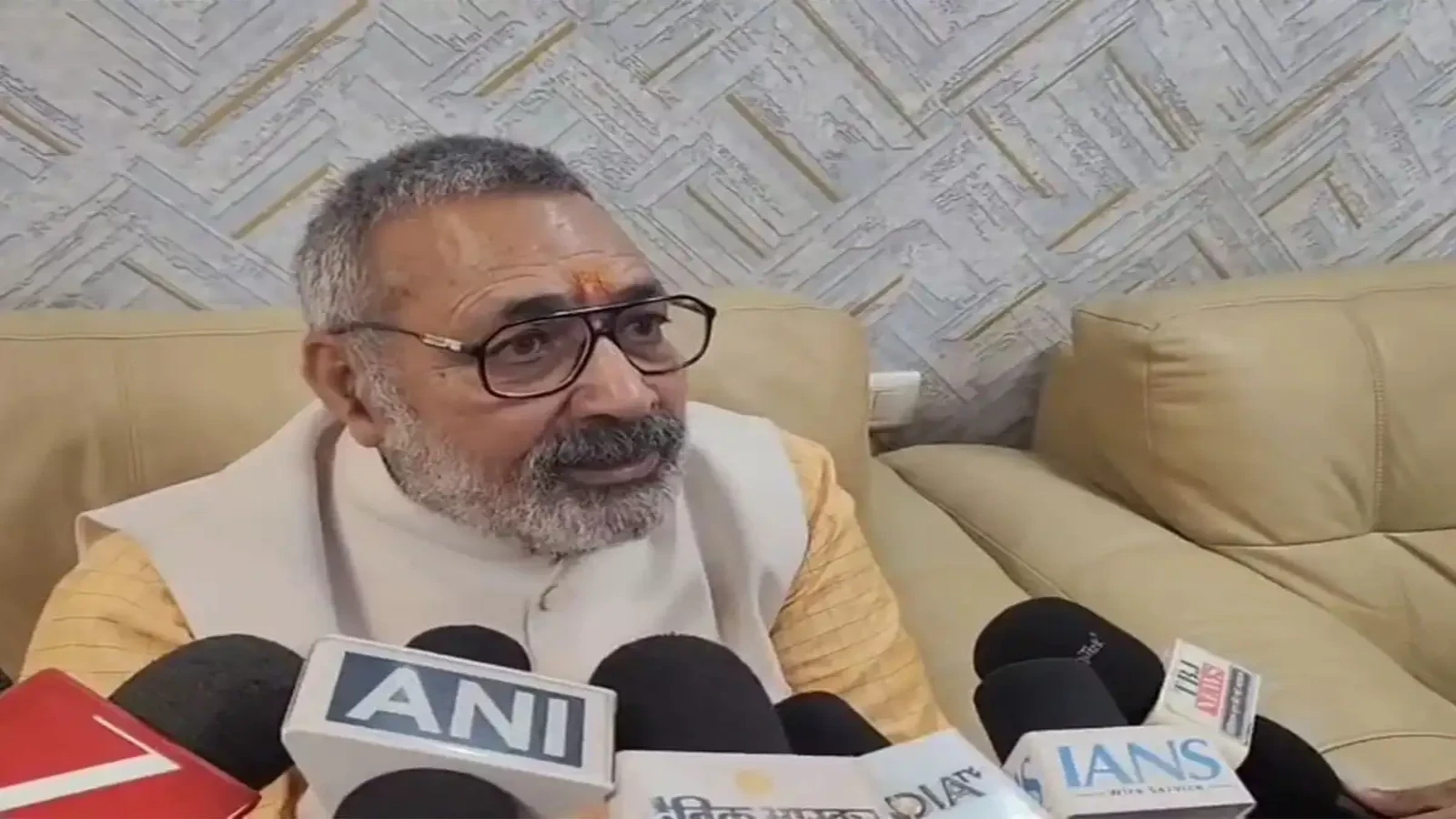

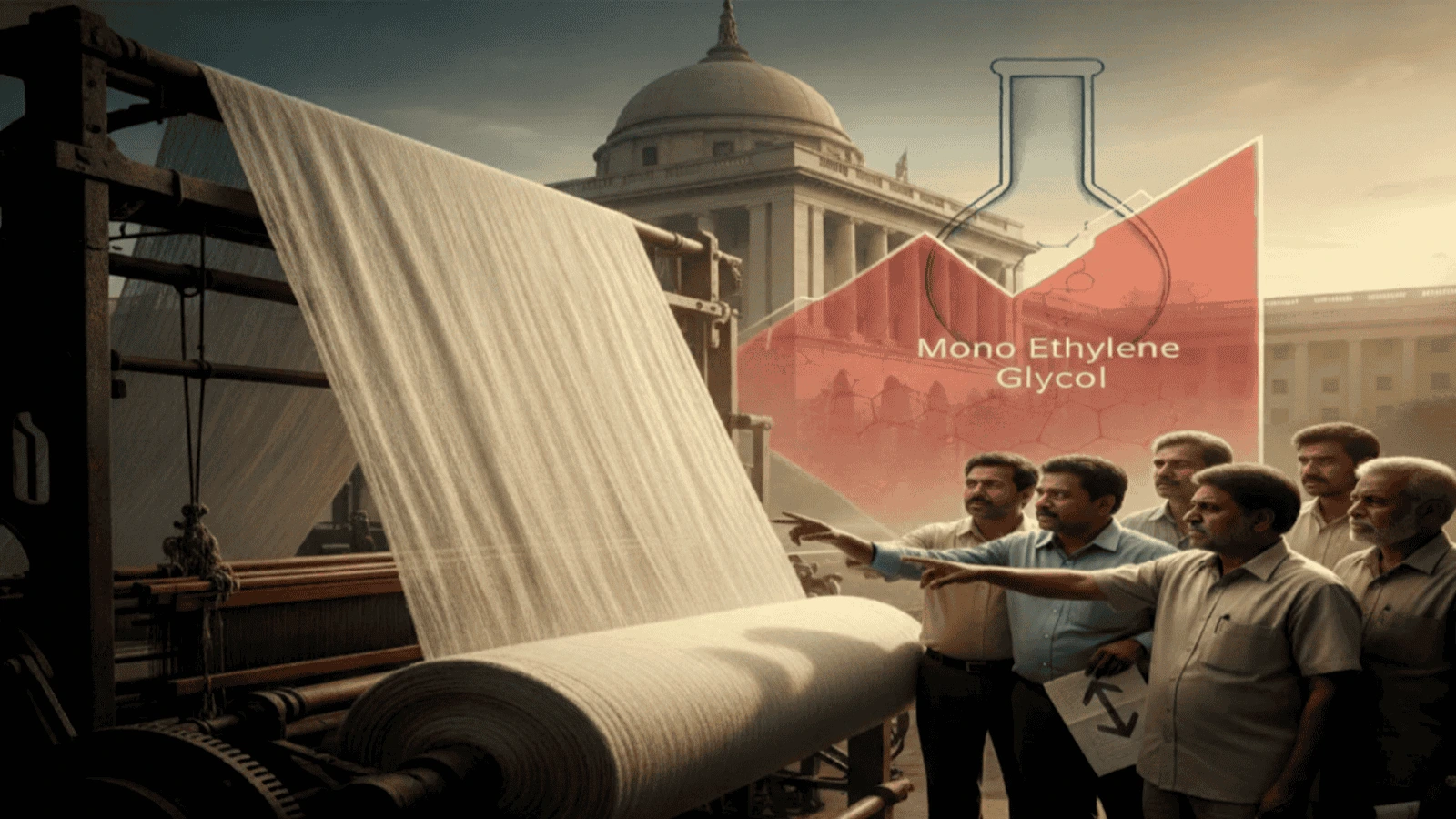


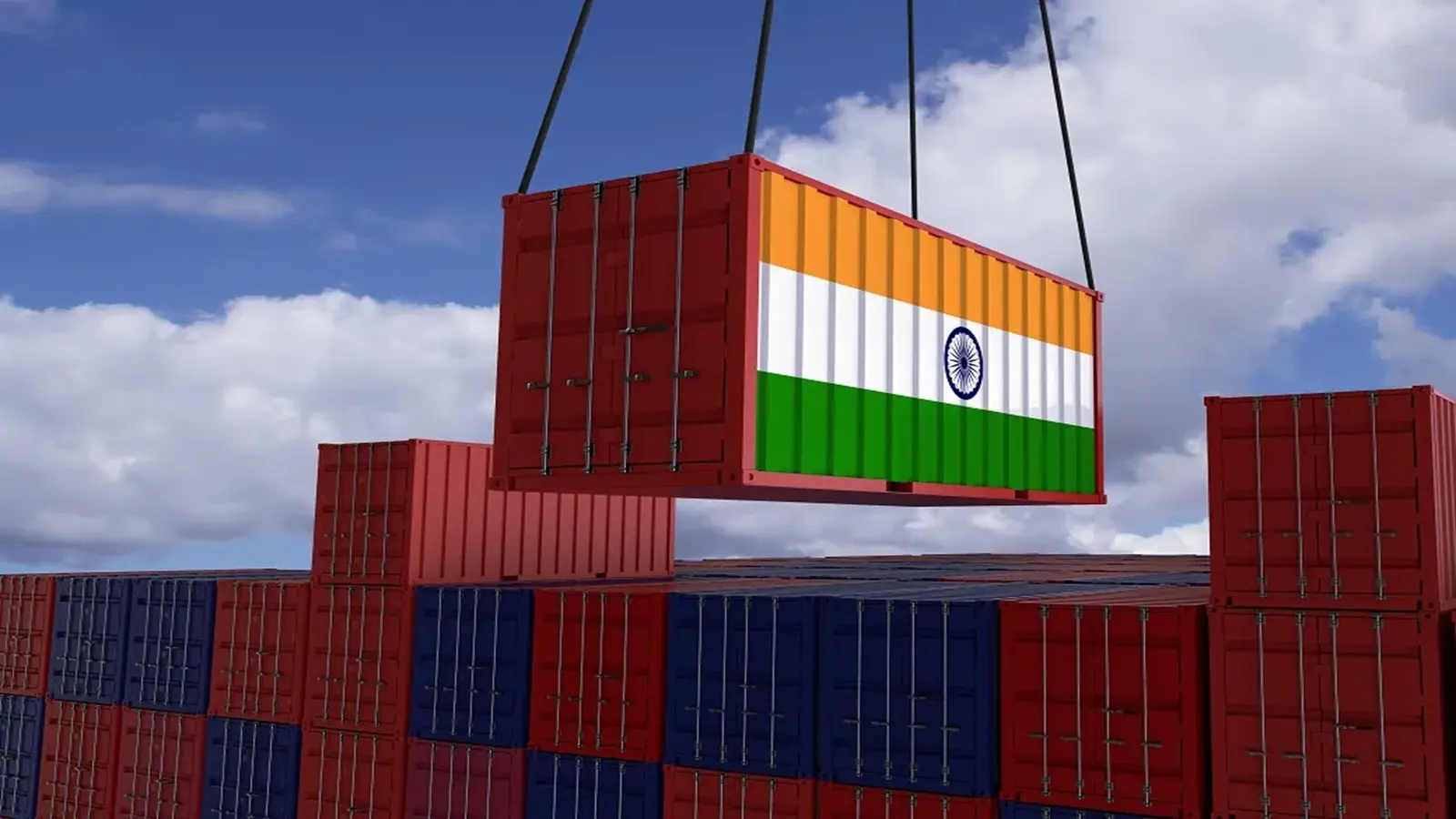

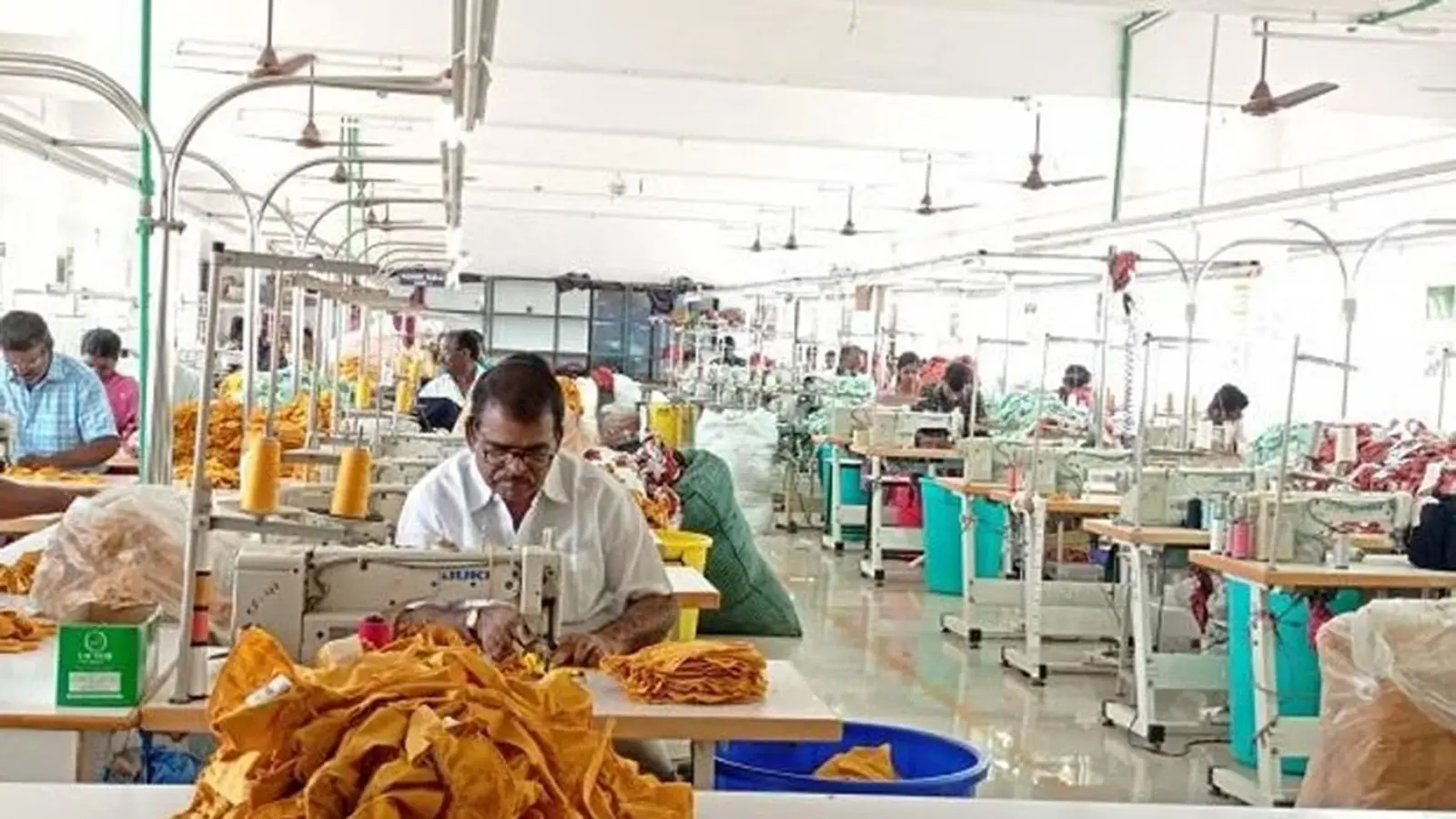



1.webp)

1.webp)


























.webp)














1.webp)
1.webp)


















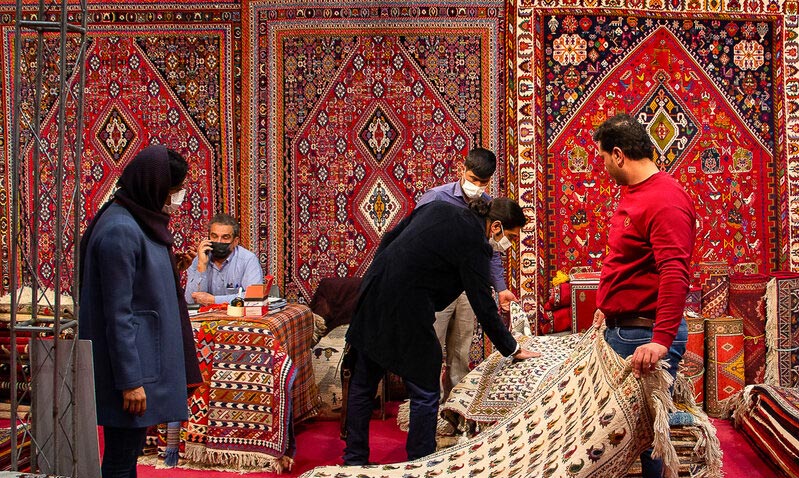








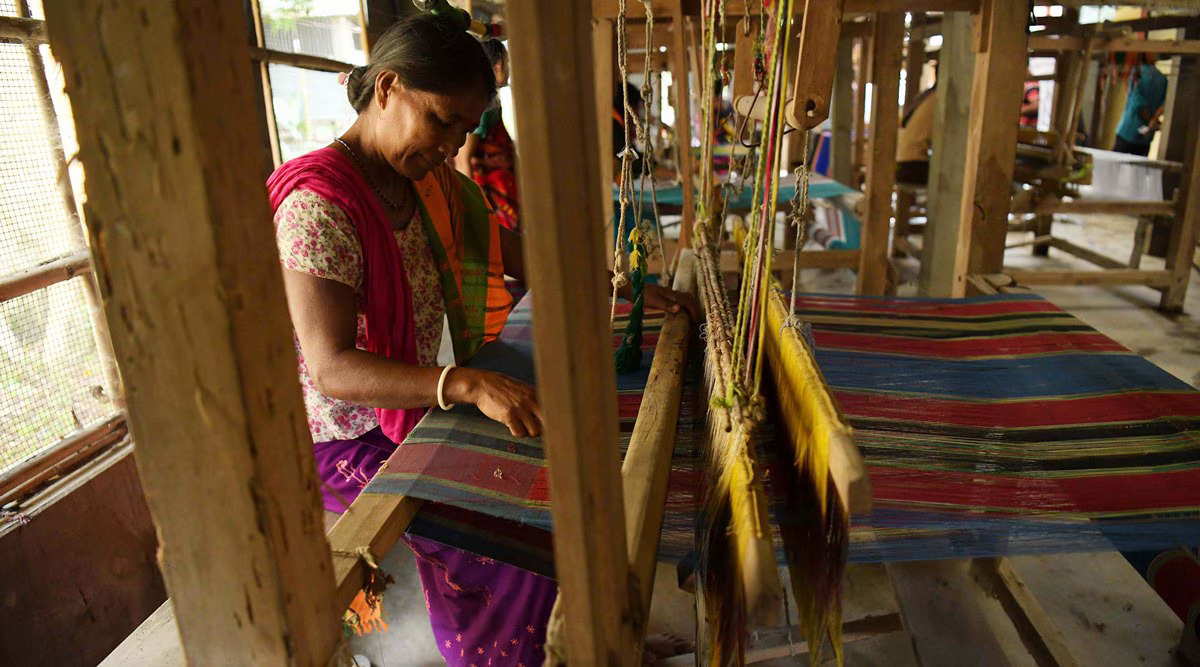



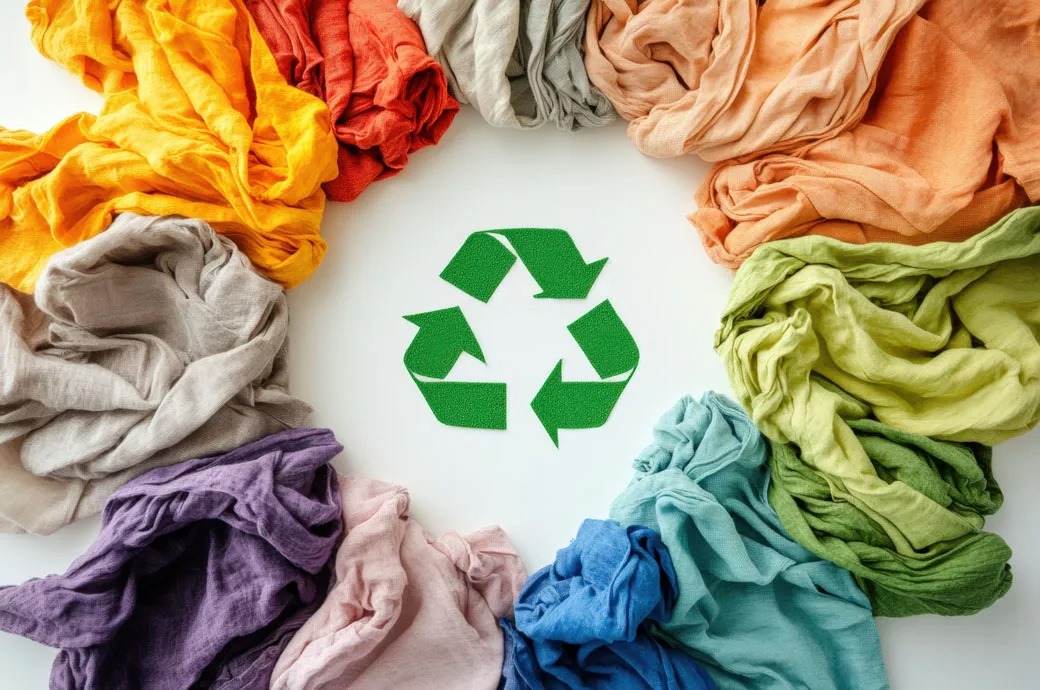










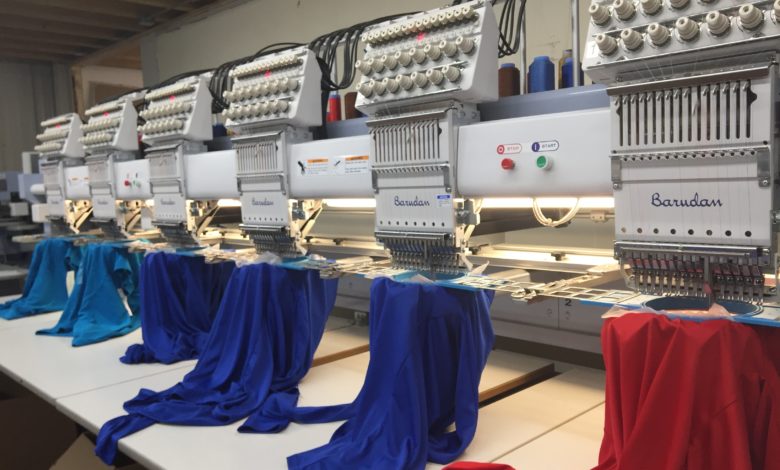













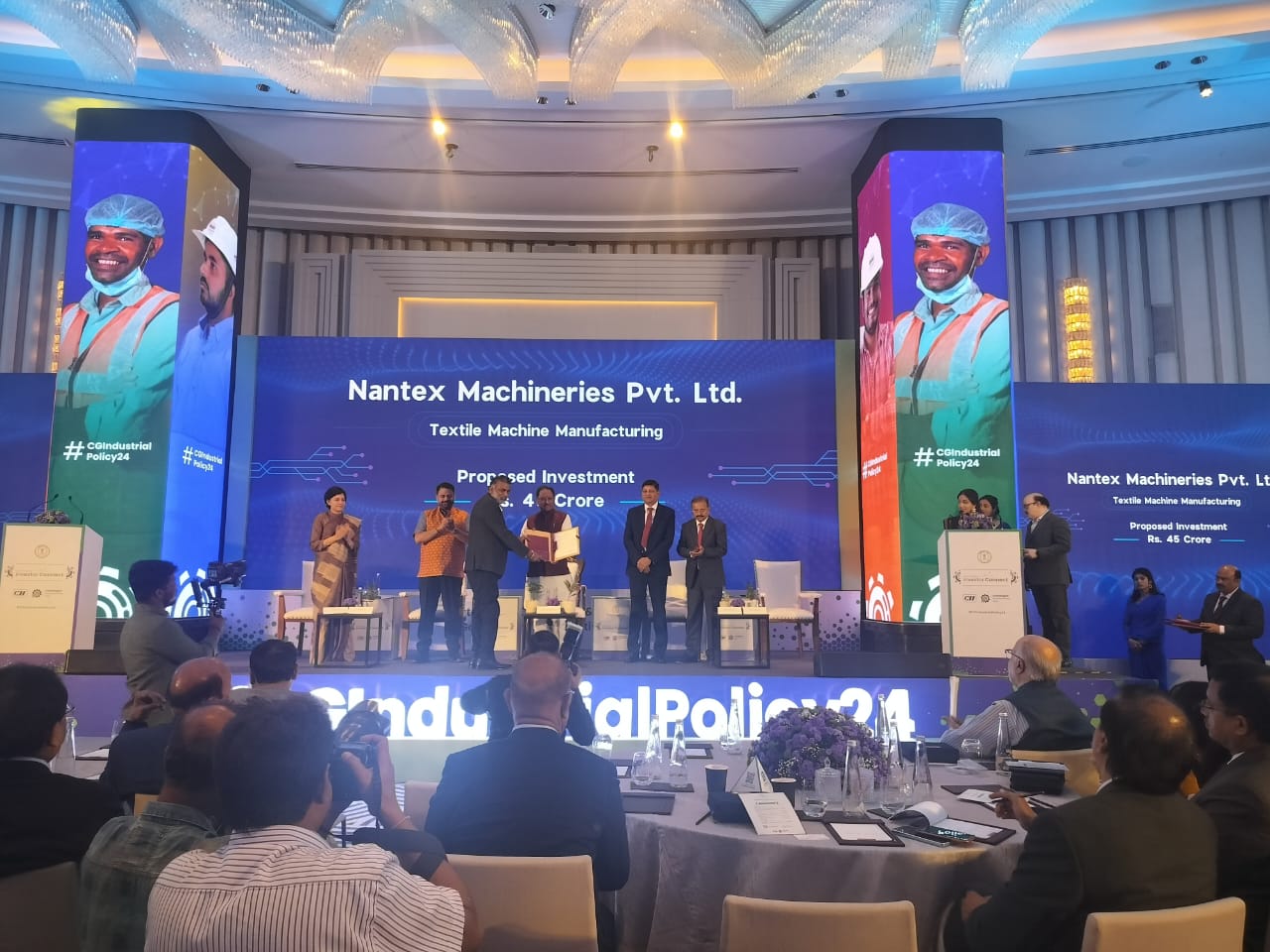






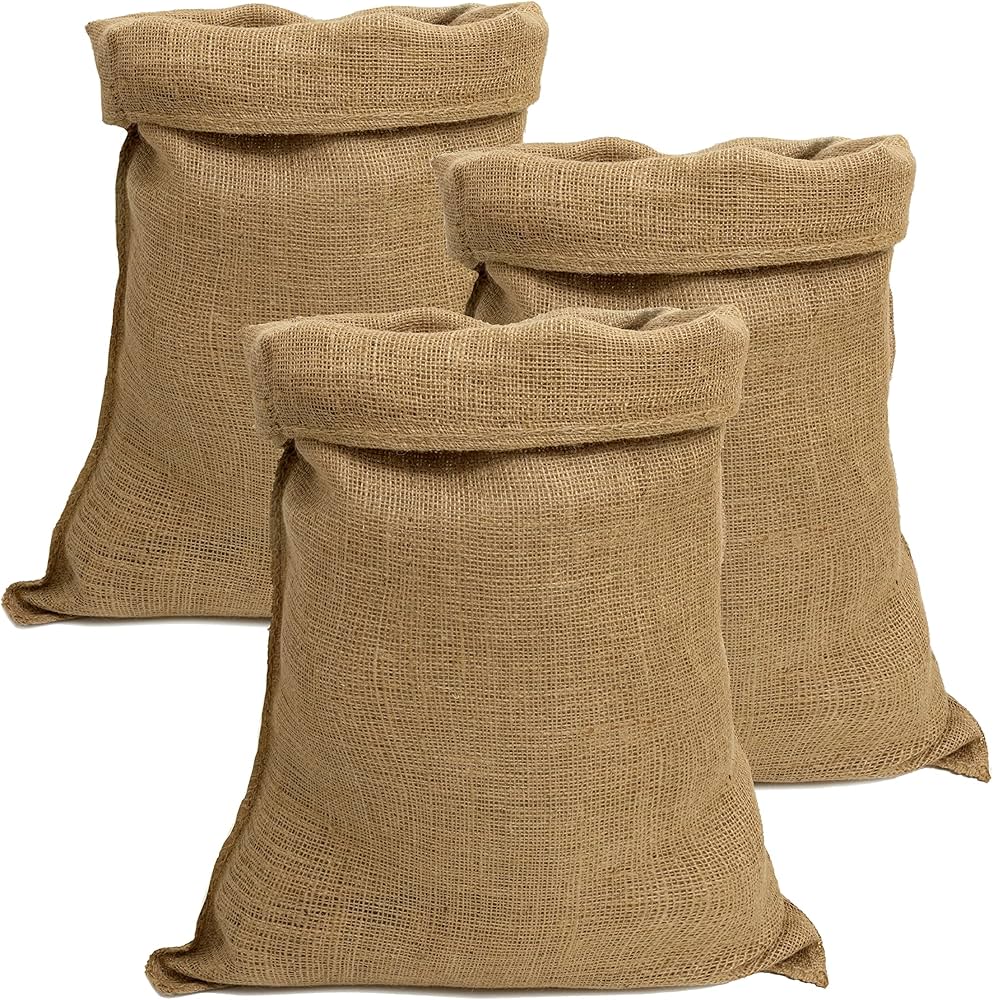




.png)




.jpg)









1.jpeg)
